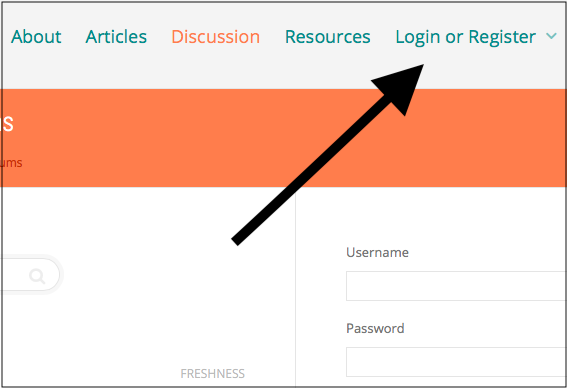Note: Since July 2019 is the month for discussion, this is the third article in a set of four.
Don’t let the month end without putting in your contribution to all the discussions among our community of teachers.
Last month, I gave you some things to consider if your ELs are not speaking up during class discussions. I suggested they simply might not have understood what you said, or they may still be in the silent period of language development where they are busy absorbing and acquiring the language. It’s also possible they understood you, but need a bit more wait time to process their response.
Today, I want to talk more about the fourth suggestion, which was to engage them in small group work.
The Pros of Group Work
More Talk Time
Small groups give students more opportunities for authentic interaction with their peers. How many times can each student talk if there are 25 people in the discussion? Not many! (Not to mention that students often talk over one another, and a few always try to dominate the discussion.)
In small groups of three or four, each student has many more chances to have a turn at talking. This increased talk time allows ELs to practice the English they know and to more closely process the academic language they are hearing from their group mates.
More Responsibility
They also have to take more responsibility for making themselves understood because there are four or six eyes looking, waiting, for them to make their thoughts clear. Most students know what they want to say, and they desire to communicate with their peers. So, they will restate their idea using different words or a revised word order. Sometimes they’ll draw a diagram or use gestures. When a group mate understands, the EL has experienced communication success and gained confidence to try talking even more. Often, they have even clarified academic concepts for others.
Less Nerve Wracking
Working in small groups is also less intimidating for students. Yes, four or six eyes may be waiting for them to finish speaking, but that’s better than 48 eyes! Groupings of students that are consistent for a week or a month allow students to get to know others better and become more comfortable sharing their thoughts. It also takes less classroom management time if students automatically know the peers with whom they should form a group.
The Cons of Group Work
Even though these are just a few of the benefits of group work, I know it isn’t the perfect solution for every participation challenge in your classroom. There are certainly cons to allowing students to work in small groups. Instead of me listing a few, I’d like to hear your thoughts:
What are the downsides of having students work in small groups?
How do you address these challenges in your classroom?
Share your thoughts and experiences in the new discussion forum, The Pros and Cons of Group Work.







